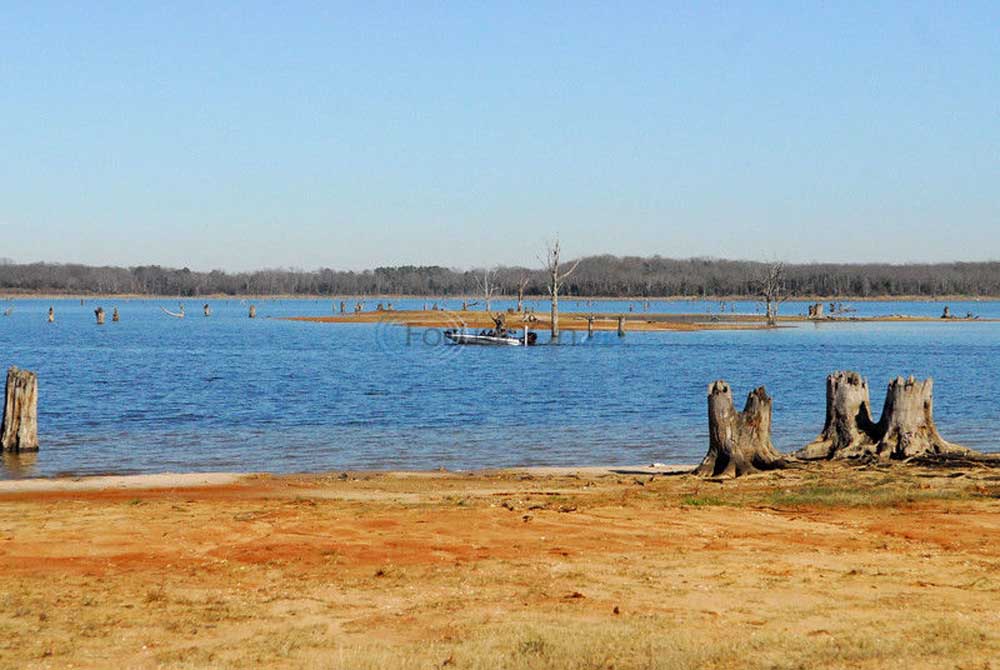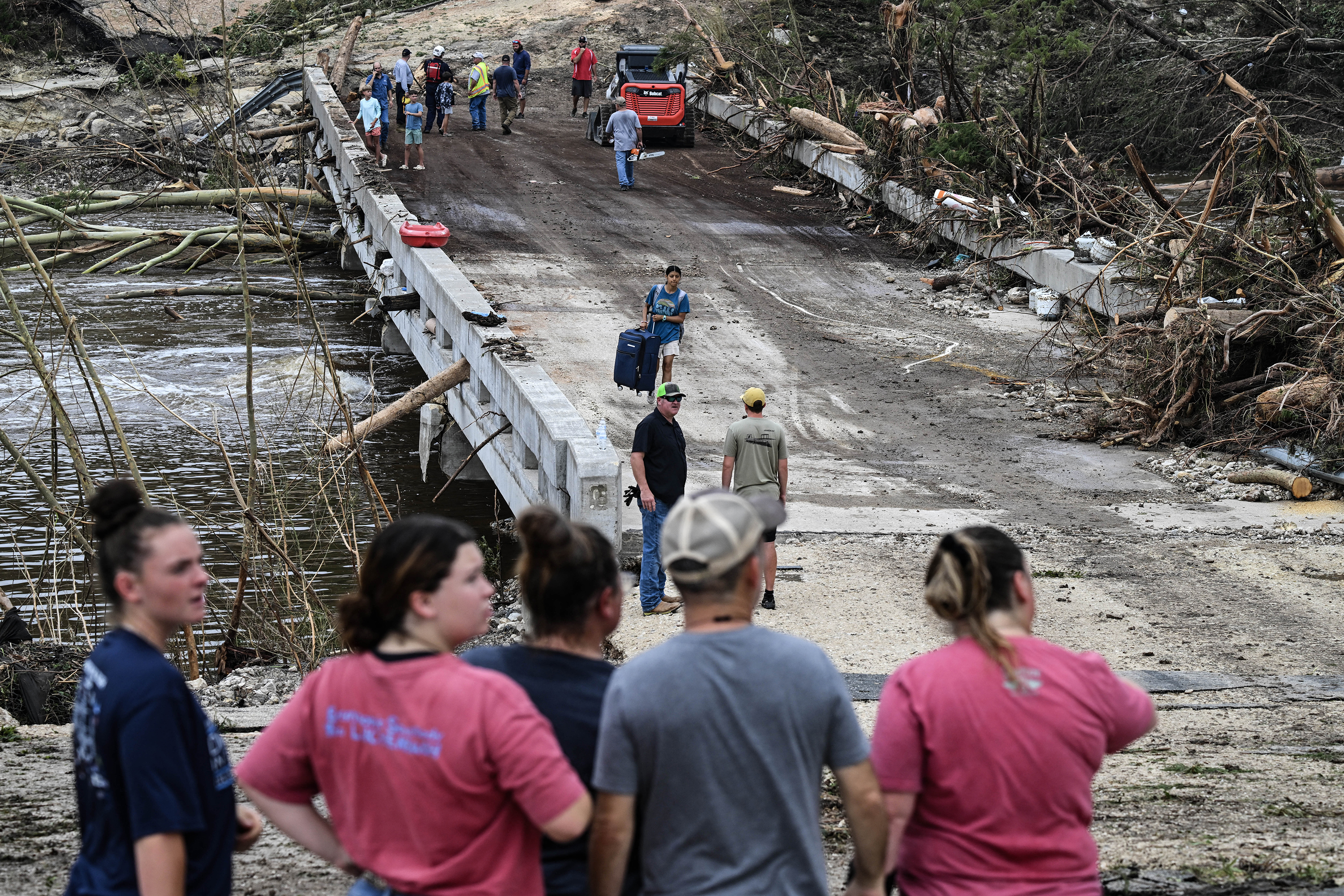Water rising, big bass biting and catfish being caught
Published 9:14 pm Wednesday, March 11, 2015

- Lake Fork's shoreline has changed in recent weeks.
Odds and ends from a full weekend.
I drove up Highway 154 Saturday and Lake Fork looks, well, better. Who would have thought that snow, ice and rain in March would help Lake Fork’s water level, but that is exactly what has happened.
Rain and snow in late February helped fill the creeks that feed the lake, and then this month’s precipitation really started bringing the lake up.
It still has a long way to go, but as of Wednesday the lake is down just under four feet.
A couple of month ago, when the lake was down seven feet, I stood among the stumps that had becoming visible on the expanded shoreline in the Sabine River Authority park just past the Minnow Bucket Marina. Saturday, I was unable to figure where I had stood or find some of the gnarly root systems that looked like bait eaters.
The lake has come up fast, about two feet in a week and a foot since Monday.
The key date to remember about Lake Fork is August 2011. That is the last time the lake was at full stage.
Other lakes that had been low have also come up including Cooper, Tawakoni and Richland Chambers. Cooper, having come up more than a foot from a month ago and three feet in a week.
Cooper is currently still down six foot. In January it was down 13 feet and it was impossible to launch most boats at the lake.
Tawakoni is still eight feet low, but that is better than in early February when it was down 11 feet. Only three ramps on the lake were open two weeks ago, but most of them should be accessible again.
ALMOST A THREE LUNKER DAY
It was a big weekend for Toyota ShareLunkers and near ShareLunkers.
The program had been stagnant with just two entries since October. That changed in one day with entries from Lake Ray Roberts north of Denton and Sam Rayburn.
At 15.18 pounds, the Ray Roberts catch is the more impressive one. It was caught by fisherman Shannon Elvington. Fishing with a water temperature of 45 degrees, he caught the fish in about 14 feet of water on a jerkbait.
As well as becoming a ShareLunker the fish also becomes a new lake record, beating the 16-year-old mark of 14.49 pounds.
Elvington’s bass is easily the largest entry this year. It would also have been the largest last year. In fact, the last bigger entry came in March 2013 when a 16.04 was caught on Lake Fork. The bass is just three ounces short of making the state’s Top 50 list of biggest bass.
Wayman Triana of Nacogdoches caught the Rayburn fish, a 13.05-pound fish.
An interesting non-ShareLunker catch Saturday was a 12.9-pound bass from Lake Athens. It just barely missed the ShareLunker’s 13-pound minimum weight limit.
The fish was close enough in weight and proximity to the Texas Freshwater Fisheries Center that the Texas Parks and Wildlife Department sent someone to look at the it.
Turns out it was one of the two entries from the 2014 ShareLunker season. A year ago it was entry No. 553, a bass that weighed 13.67 when it was caught by Athens’ fisherman Frank Kirk.
WHEN TOO MUCH IS TOO MUCH
The big blue catfish on Lake Tawakoni have been creating quite a buzz and attracting a lot of fishermen to the lake.
That has added a lot of pressure to what is already a fragile fishery, so it was a little surprising Saturday to look at a picture on Facebook of two fishermen who harvested 400 pounds of the big cats off the lake in a single day.
It was, however, a completely legal harvest. The lake is under the statewide 25-fish over 12 inches daily limit.
But why?
Lake Fork didn’t become a great bass lake because of a fish fry, and honestly the Tawakoni catfish fishery could become of similar fame if the fishermen were as supportive of it as bass fishermen have been of Fork.
Beyond being the trophy, the big fish are important to sustain the fishery because they are the best brooders, and at this time of year they are headed toward shore to spawn.
It takes a bass maybe nine years to reach 13 pounds. It takes decades for these big blues to reach a trophy weight of 20-plus pounds. The Tawakoni record 87.5-pound blue was stocked in the lake in 1989, making it about 25 years old when it was caught last year.
Surveys show the lake currently has a good mix of young and old blue cats, but that is primarily because of restraint.
Guides and most sport fishermen are very protective and practice catch-and-release only on the bigger fish. If a fishermen does want to keep fish they typically keep those that are 10 pounds or smaller.
A TPWD study showed 71 percent of fishermen were in favor of limiting the harvest of the bigger fish.
It also showed that 78 percent were already releasing them.
And no, the survey was not just of guides on the lake. Only 9 percent of those responding guided on Tawakoni.
TPWD is looking at more restrictive regulations on trophy blue catfish at Lake Tawakoni and other lakes, but it is moving slowly to make sure whatever move it makes is the right one from the beginning.
Have a comment or opinion on this story? Contact outdoor writer Steve Knight by email at outdoor@tylerpaper.com. Follow Steve Knight on Facebook at TylerPaper Outdoors and on Twitter @tyleroutdoor.






